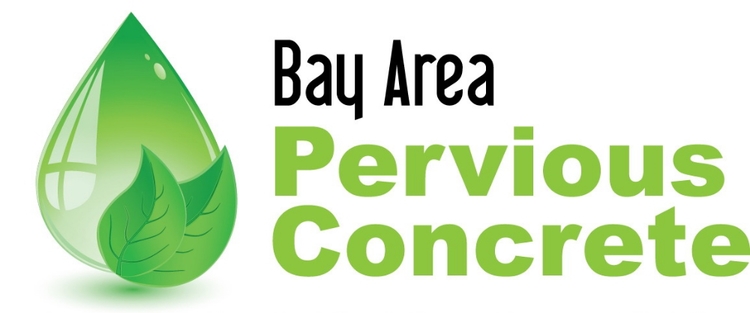In keeping with the Pervious In Paradise look back, we have Dr. Narayanan Neithalath Ph.D. P.E.’s presentation of pervious concrete modeling featuring one of my favorite parts- a clip of a pervious cylinder in a CAT scan!
Dr. Neithalath’s presentation was on his research on the effect of mix design on pore structure and infiltration performance. Currently, the state of the art is rife with trial and error which ends up, at worse, with pavement failures, and best, an inconsistent mix. He wants to really understand how different aspects of the pervious concrete mix affect the different performance attributes. In this way, he wants to be able to dial in a pervious mix, with the exact attributes required for the ideal functioning of the installation.
The key feature of pervious concrete is the porosity, which we are all familiar with. Permeability is linearly related to porosity, and while that is obvious, it forms a helpful and fundamental baseline for one aspect of pervious concrete as a hardscape. Other aspects of pervious concrete are less well understood and they include types and seriousness of particle retention or clogging; oil retention, as some are considering pervious concrete as a bio-filter; strength and fracture, for structural considerations; as well as how mix design informs the size, type and structure of the voids. Dr. Neithalath is working to understand how all of these factors come together to form computational performance models for consistent designable pavements. In turn that would create a matrix of variable that could be controlled to create very precise mix designs for producers and installers.
My favorite part of Dr. Neithalath’s presentation was the video he presented of a pervious concrete cylinder in a CATscan, going all the way throughout, such that the void patterns were completely observable. Below you can see the video. I found the whole thing hypnotizing. What do you think?




